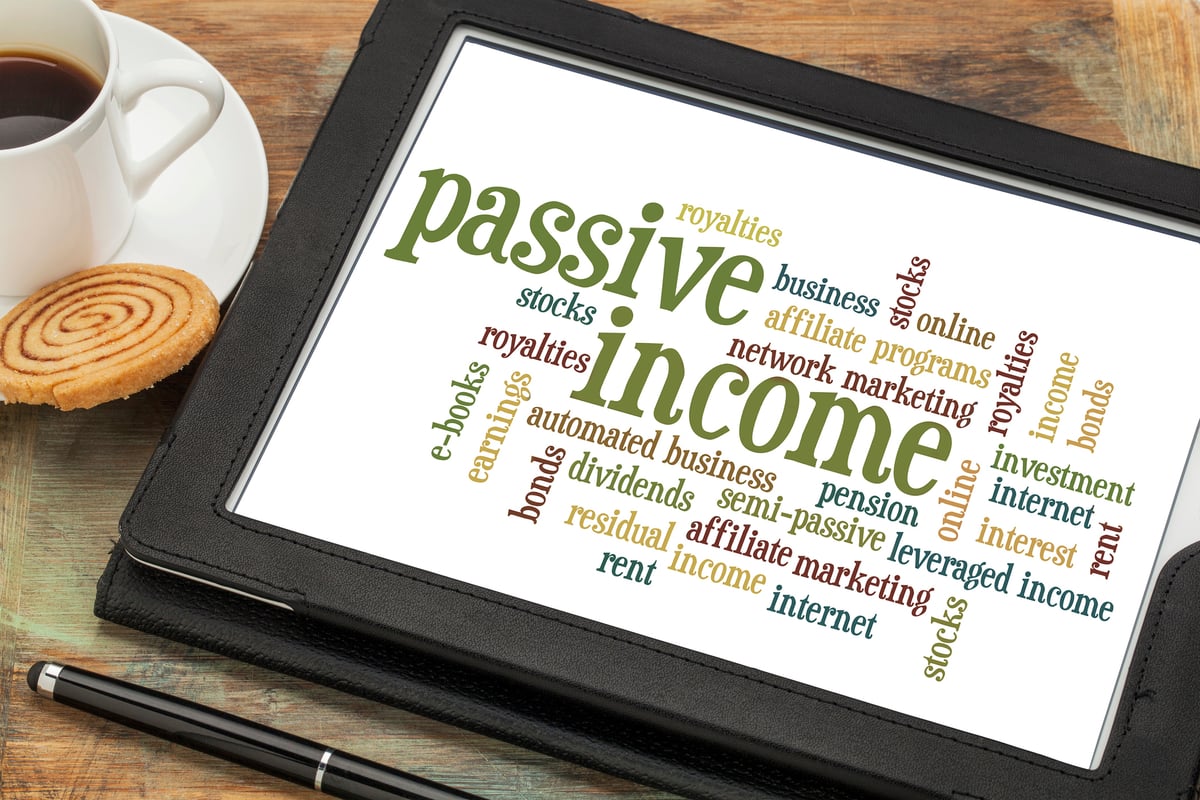Coca-Cola (KO +0.20%) ended fiscal 2019 on a high note by posting a great earnings report late last week that showed growing revenue for its classic drinks as well as its newer offerings and most global product segments doing well. While investors saw a lackluster stock return in 2019, with the Dow Jones Industrial Average component stock returning 17% on its share price for 2019, it's already up 5% so far in 2020 and trading at or near a 52-week high.
What's been pushing Coca-Cola's latest growth surge is that it keeps trying new ways to develop greater market share instead of just relying on the behemoth of its name. Other than acquiring or developing new drinks (which is standard for a food company), Coke has been experimenting with different size bottles and new marketing strategies. Let's see how these efforts played out in the fourth quarter.
A great fourth quarter tops off a solid fiscal year
The beverage company saw big increases in sales for the fourth quarter and fiscal year 2019. Considering the size of the organization and the large product mix, that's a substantial feat. But there were other contributing factors. Part of it came from considerable macroeconomic tailwinds, but the company has also made some important strategic decisions.
Coke saw a 16% increase in fourth-quarter revenue year over year vs. a 6% decline last year, and operating income grew 19%. The operating margin for the quarter was 23.9%, vs. 23.4% last year, while non-GAAP (adjusted) comparable operating margin stayed at 24.8%. Earnings per share (EPS) of $0.47 showed an increase of 134% year over year, and non-GAAP comparable EPS of $0.44 showed an increase of 1%, meeting analysts' expectations.
Full-year revenue was up 9% with organic revenue up 6%. Operating income was up 10%, and full-year EPS grew 38% to $2.07.

Image source: Getty Images.
New insights into driving sales
One of the highlights of the quarter was how the company was able to lift revenue by bottling partners adding new Coke-filled refrigerators to existing sales locations. Coke has been implementing sales strategies based on insights into customers' behaviors, which has translated into more sales without changing pricing structure or requiring a larger marketing budget.
One example the company gave was in the Philippines, where it placed 10,000 coolers in stores there and saw volume growth in the double digits as well as its highest market share in seven years. In Brazil, it also saw its best performance in seven years, partially due to an increase in cooler placements.
As Coke taps into these insights and implements these types of measures, it can keep the company growing without raising its expenses.
Finding ways to adapt to new trends
Coca-Cola has a much-loved product, and the company continues to see high sales from its time-honored favorites, including Coke and Diet Coke. Trademark Coca-Cola is always a performance driver, and this quarter the namesake brand itself grew 6% globally. Smaller pack products, such as the popular mini cans, tap into current consumer trends and make the old look new. Sales for these grew in the double digits in North America for 2019.
Coke attributes much of its gain to its continuing breadth of products, for the Coke brand and beyond. Within Coca-Cola, there's Coca-Cola Plus Coffee and Coke No Sugar, both of which were introduced into more markets. Creating diversification within the classic Coke brand brings it even greater value.
In other brands, the juice brand Innocent saw higher sales and expanded beyond its main market in Europe into Japan. Coke bought an initial stake in the U.K.-based Innocent in 2009 and took full ownership in 2013. Innocent brings in around $200 million in sales, and as a socially conscious brand, may become more important in Coke's portfolio.
Coke also recently finished its acquisition of fairlife, in which it already held a 42.5% minority stake, a large player in what it calls the "fast-growing value-added dairy category." Financial terms of the deal weren't released. Fairlife has more than $500 million in annual revenue. This feeds into Coke's potential to provide more nutritionally rich products for customer's changing ideals.
Moving forward without fear
One of the advantages of being a cash-heavy blue-chip company is the regular availability of cash with which to try new things, and the confidence to go through with them. New products don't always work out, as I've written about before, but cash gives the company readily available resources with which to keep trying to zero in on the next big hit. Free cash flow for the full year came in at $8.4 billion, a 38% increase year over year.
While the company spoke about currency exchange headwinds, there were tailwinds in its favor as well, with an industry ready to support its efforts, including its low-sugar initiatives, smaller packs, and innovative new beverages.
Outlook for 2020
The company put out its full 2020 guidance, which expects 5% revenue growth and 8% comparable currency-neutral operating income growth. Comparable full-year EPS is expected to increase by 7% to $2.25.
It expects $8 billion in cash based on $10 billion in operating income and $2 billion in capital expenditures. Keeping free cash flowing is an important element in the company's overall strategy of being able to support emerging ideas that can continue to fuel the company's revenue-building strategy as well as fund its dividend which yields 2.7% and has grown consistently for more than 55 consecutive years.
The fourth-quarter results have already pushed the share price higher, and Coca-Cola is signaling greater ability to keep it's sales robust and provide value for its investors.






